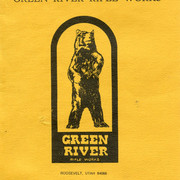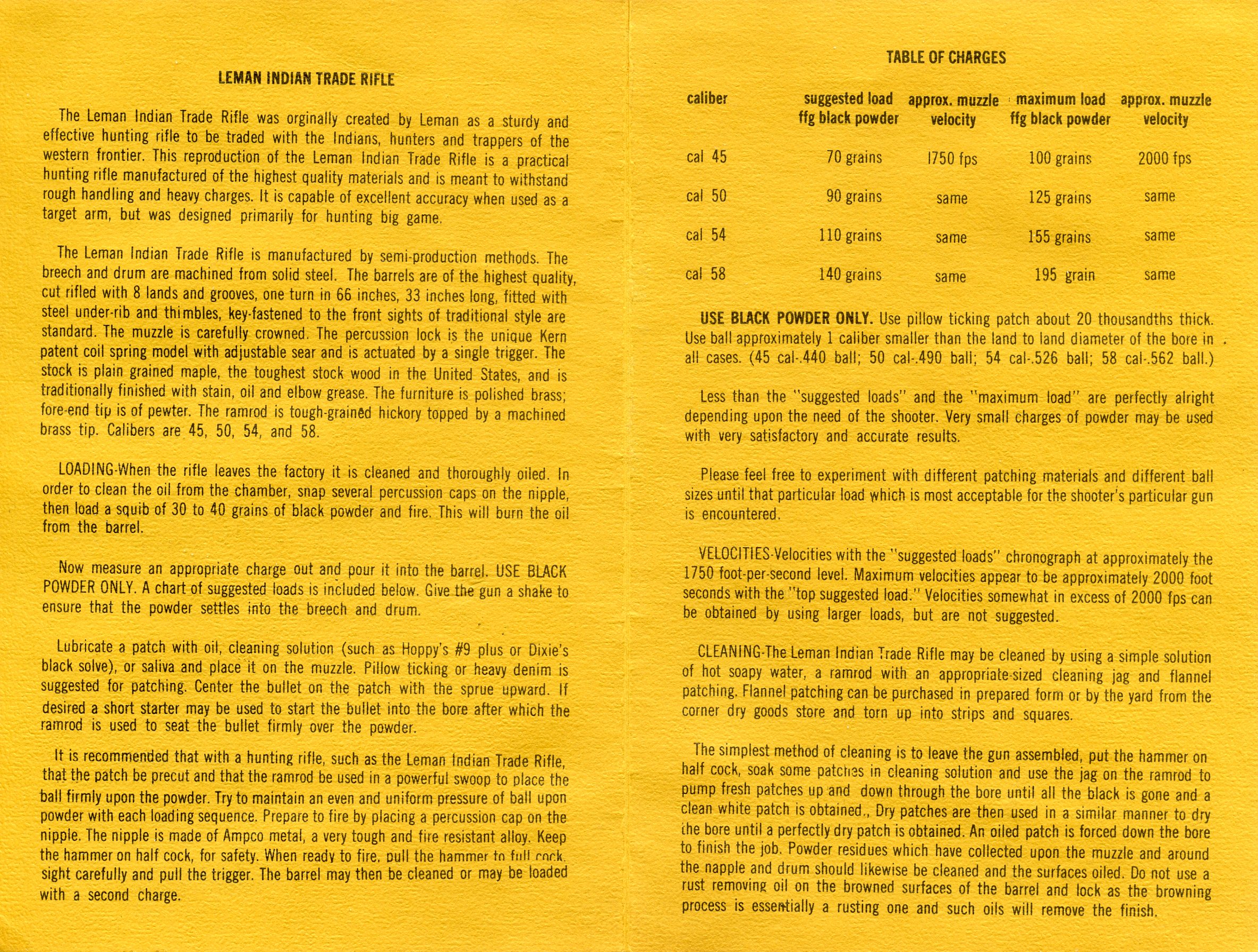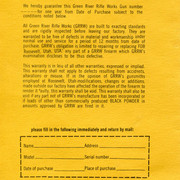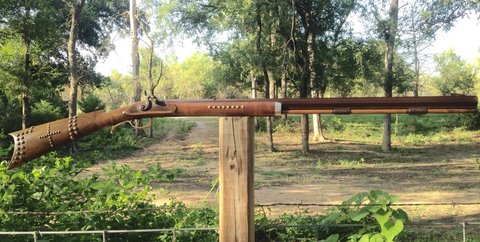Two comments. This rifle is called an Indian Trade Rifle. In their catalog, they list a Leman Indian Rifle and a Leman Trade Rifle. I built a Trade rifle in a class in their shop in 1978. Second comment, they tell how to load- "Lubricate a patch with oil......" Anyone do that?
I noticed the different name, "Leman Indian Trade Rifle", in the document I posted, also. I went back to my files, and interestingly, the earliest GRRW magazine advertisement (
Muzzle Blast July 1972) I had found, called the Leman half stock rifle a "Leman Indian Trade Rifle", also.
The earliest GRRW Brochure/Catalog that I am aware of that they apparently used in 1973 also called the half stock rifle an "Indian Trade Rifle". Note, they hadn't introduced any full stock Leman models yet. That would come in 1974.
The brochure/catalog that GRRW prepared for 1974 called the half stock Leman a "Leman Indian Trade Rifle", again.
Interestingly, this brochure/catalog introduced two Leman full stock rifles. One with a 40" long barrel, they called "Leman model 1822 Trade Rifle" and the other with a 30" barrel, they called a "Leman model 1858 Indian Rifle". Obviously, they were struggling with what to call their products as they introduced new models. The "Leman model 1822 Trade Rifle", for example, appears from the sketched image to be very close to some of the earliest rifles Henry Leman produced for the western trade.
But in 1822, Henry Leman was only 10 years old. He didn't open his own shop and start making rifles under his name until 1834. Someone got the date in the name all wrong. I have not seen one of these models by GRRW and don't know how many, if any, they produced and sold. Some years after GRRW closed, Ted Holland and Lloyd Helms (a former GRRW employee) formed a company in Boise, ID they called Oregon Trail Riflesmiths. OTR produced a long barreled Leman full stock rifle very similar to the sketch of GRRW's "Leman model 1822 Trade Rifle". A few of these are floating around out there.
By 1975, GRRW had settled on the final names for their Leman models. In their 1975 Brochure/Catalog, they use the name "Leman Trade Rifle" for the half stock and "Leman Indian Rifle" for the short barrel full stock model. Note, the so called "Leman model 1822 Trade Rifle" is no longer listed as a cataloged item.
They used these names for their Leman models from then on, including in the 1977 copyrighted brochure you pictured, Herb.
As far as the instructions to "Lubricate a patch with oil......" in the loading instructions on the Owners Card, I could see it if they are meaning "sweet oil" or some other vegetable oil. I would think they would know better than to recommend a petroleum based oil as a patch lubricant. I'm sure that's just an oversight in their choice of words.





















